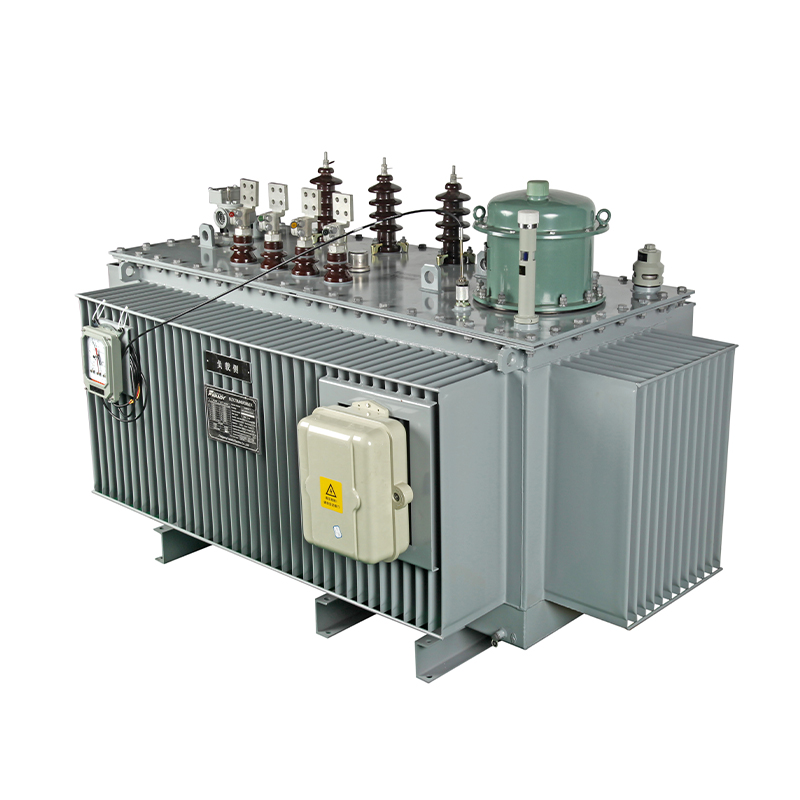Reliability testing method for stepper voltage regulator

The reliability testing method for stepper voltage regulators mainly includes the following steps:
1. * * Prepare testing tools and environment * *:
-Ensure appropriate testing equipment, such as multimeters, oscilloscopes, power modules, etc., to accurately measure and record the working status of the voltage regulator.
-Choose the appropriate voltage range, usually based on the rated voltage range of the stepper voltage regulator, such as 20V, 200V, etc.
-Set up the testing environment to ensure that the power supply is stable and meets the testing requirements.
2. * * Perform voltage testing * *:
-Connect a multimeter or oscilloscope to the output terminal of a stepper voltage regulator and monitor its output voltage.
-Under different load conditions, observe and record whether the output voltage of the voltage regulator is stable, and check for voltage fluctuations or sudden changes.
-Gradually adjust the input voltage, verify whether the stepper voltage regulator can achieve on load automatic voltage regulation within ± 20% range, and record the voltage changes during the adjustment process.
3. * * Check the contacts and connectors * *:
-Remove the protective casing of the voltage regulator and carefully check whether the contact surface is clean and free of dirt or burn marks. If necessary, wipe the contact points with clean paper or sand them with sandpaper until the surface is smooth.
-Check the tightness of all joints to ensure good connection, no looseness or poor contact.
-Measure the resistance and resistance values of each coil to confirm if they are within the normal range. If there is any damage, it should be repaired or replaced immediately.
4. * * Function verification and performance testing * *:
-Verify whether the telemetry, remote signaling, remote modulation, and remote control functions of the stepper voltage regulator are working properly, ensuring good control performance and communication functions.
-Simulate various fault situations in the actual operating environment and test the protection function and anti-interference ability of the voltage regulator.
-Conduct long-term continuous operation tests, observe and record the working status and performance changes of the voltage regulator to evaluate its stability and reliability.
5. * * Data Analysis and Conclusion * *:
-Analyze the data collected during the testing process, including key indicators such as output voltage stability, adjustment accuracy, and response time.
-Based on the test results and performance indicators, evaluate whether the reliability of the stepper voltage regulator meets the expected requirements.
-Based on the test results, propose improvement suggestions or measures to enhance the reliability of the stepper voltage regulator.
Through the above steps, a comprehensive reliability test can be conducted on the stepper voltage regulator to ensure its stability and performance in practical applications.
Relate Products
Relatenews
- Step Voltage Regulators: Key Specifications to Know 2025-09-05 15:31:00
- The Future of Step Voltage Regulators in Smart Grids 2025-08-25 08:16:00
- Efficiency Metrics for Step Voltage Regulators 2025-07-19 08:45:00
- Step Voltage Regulators: Addressing Voltage Flicker in Welding Operations 2025-07-08 17:49:00
- Application and Challenges of step voltage regulator in Ocean Engineering 2024-12-26 15:41:41
- Seismic performance evaluation and reinforcement suggestions for step voltage regulator 2024-12-26 15:41:39
- Compact Design and Space Optimization Scheme of step voltage regulator 2024-12-26 15:41:38
- Discussion on the Integration of Intelligent Manufacturing and Industrial Internet of Step by step voltage regulator 2024-12-26 15:41:37





